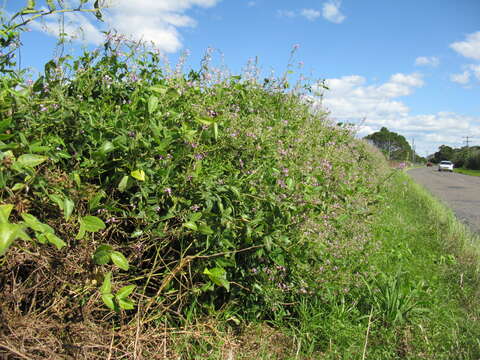Desmodium uncinatum habit3 (10220388003)

Description:
Summary.mw-parser-output table.commons-file-information-table,.mw-parser-output.fileinfotpl-type-information{border:1px solid #a2a9b1;background-color:#f8f9fa;padding:5px;font-size:95%;border-spacing:2px;box-sizing:border-box;margin:0;width:100%}.mw-parser-output table.commons-file-information-table>tbody>tr,.mw-parser-output.fileinfotpl-type-information>tbody>tr{vertical-align:top}.mw-parser-output table.commons-file-information-table>tbody>tr>td,.mw-parser-output table.commons-file-information-table>tbody>tr>th,.mw-parser-output.fileinfotpl-type-information>tbody>tr>td,.mw-parser-output.fileinfotpl-type-information>tbody>tr>th{padding:4px}.mw-parser-output.fileinfo-paramfield{background:#ccf;text-align:right;padding-right:0.4em;width:15%;font-weight:bold}.mw-parser-output.commons-file-information-table+table.commons-file-information-table,.mw-parser-output.commons-file-information-table+div.commons-file-information-table>table{border-top:0;padding-top:0;margin-top:-8px}@media only screen and (max-width:719px){.mw-parser-output table.commons-file-information-table,.mw-parser-output.commons-file-information-table.fileinfotpl-type-information{border-spacing:0;padding:0;word-break:break-word;width:100%!important}.mw-parser-output.commons-file-information-table>tbody,.mw-parser-output.fileinfotpl-type-information>tbody{display:block}.mw-parser-output.commons-file-information-table>tbody>tr>td,.mw-parser-output.commons-file-information-table>tbody>tr>th,.mw-parser-output.fileinfotpl-type-information>tbody>tr>td,.mw-parser-output.fileinfotpl-type-information>tbody>tr>th{padding:0.2em 0.4em;text-align:left;text-align:start}.mw-parser-output.commons-file-information-table>tbody>tr,.mw-parser-output.fileinfotpl-type-information>tbody>tr{display:flex;flex-direction:column}.mw-parser-output.commons-file-information-table+table.commons-file-information-table,.mw-parser-output.commons-file-information-table+div.commons-file-information-table>table{margin-top:-1px}.mw-parser-output.fileinfo-paramfield{box-sizing:border-box;flex:1 0 100%;width:100%}} Description: Introduced, warm-season, perennial legume, which can trail for several metres over vegetation and structures. Stems can root at nodes and are densely covered with hooked hairs. A native of South America, it was sown on the north coast of NSW in the past for grazing and is now a widespread weed of roadsides, conservation areas and disturbed areas. Best suited to lighter friable soils, it is tolerant of acid soils and short periods of flooding. Requires an annual rainfall in excess of 1000 mm distributed over the year. Provides moderate yields of high quality, non-bloating feed. High tannin levels (about 3%) reduce its palatability (cattle need some time before acquiring a taste for it), but improve protein utilization. It has a long growing season, with maximum growth occurring in spring and autumn. • One of the most cold tolerant tropical legumes, although frosts will burn the tops. • Requires high levels of fertility for satisfactory production. • It dies out or forms stunted plants under heavy grazing and stands often decline even under good management. • Prefers lenient grazing to no lower than 10 cm high; adequate stem and leaf should be left behind for rapid regrowth. Date: 28 April 2009, 13:00. Source: Desmodium uncinatum habit3. Author: Harry Rose from South West Rocks, Australia.
Included On The Following Pages:
- Life (creatures)
- Cellular (cellular organisms)
- Eukaryota (eukaryotes)
- Archaeplastida (plants)
- Chloroplastida (green plants)
- Streptophyta
- Embryophytes
- Tracheophyta (ferns)
- Spermatophytes (seed plants)
- Angiosperms (Dicotyledons)
- Eudicots
- Superrosids
- Rosids
- Fabales ("An order: peas, beans, and relatives")
- Fabaceae (legumes)
- Desmodium (ticktrefoil)
- Desmodium uncinatum (Silverleaf Desmodium)
This image is not featured in any collections.
Source Information
- license
- cc-by-3.0
- copyright
- Harry Rose
- creator
- Harry Rose
- source
- Flickr user ID macleaygrassman
- original
- original media file
- visit source
- partner site
- Wikimedia Commons
- ID


